Product Safety Testing & Certification
What type of safety testing is required for my product to demonstrate that is safe for use?
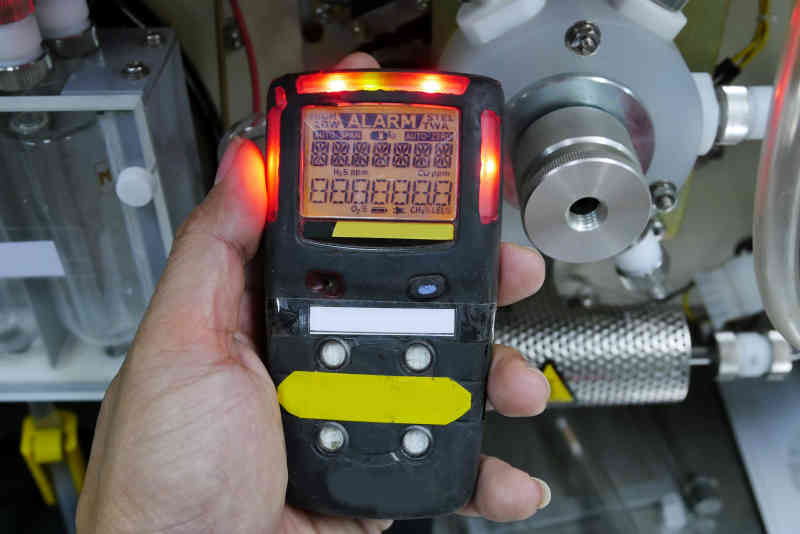
What is product safety testing?
Product safety testing is a series of physical testing that is required to be performed on products to demonstrate that they have appropriate safeguards to protect users from the risks of electrical shock, fire, and various electrical hazards. At a high level, safety testing is quite different from EMC testing as it involves physical testing of your product, a materials documentation review, and physical analysis of the enclosure of your product.
Who defines the product safety requirements?
Going back to 1906 and headquartered in Geneva, Switzerland, the International Electrotechnical Commission (IEC) has been responsible for the creation and maintenance of the safety testing requirements of all products across the world. Whether it is being tested for international approvals (such as the Low Voltage Directive (LVD) 2014/35/EU) or is being tested for North American approval through a NRTL (Nationally Recognized Testing Laboratory), ultimately the IEC standards form the basis of which the safety testing is conducted against.
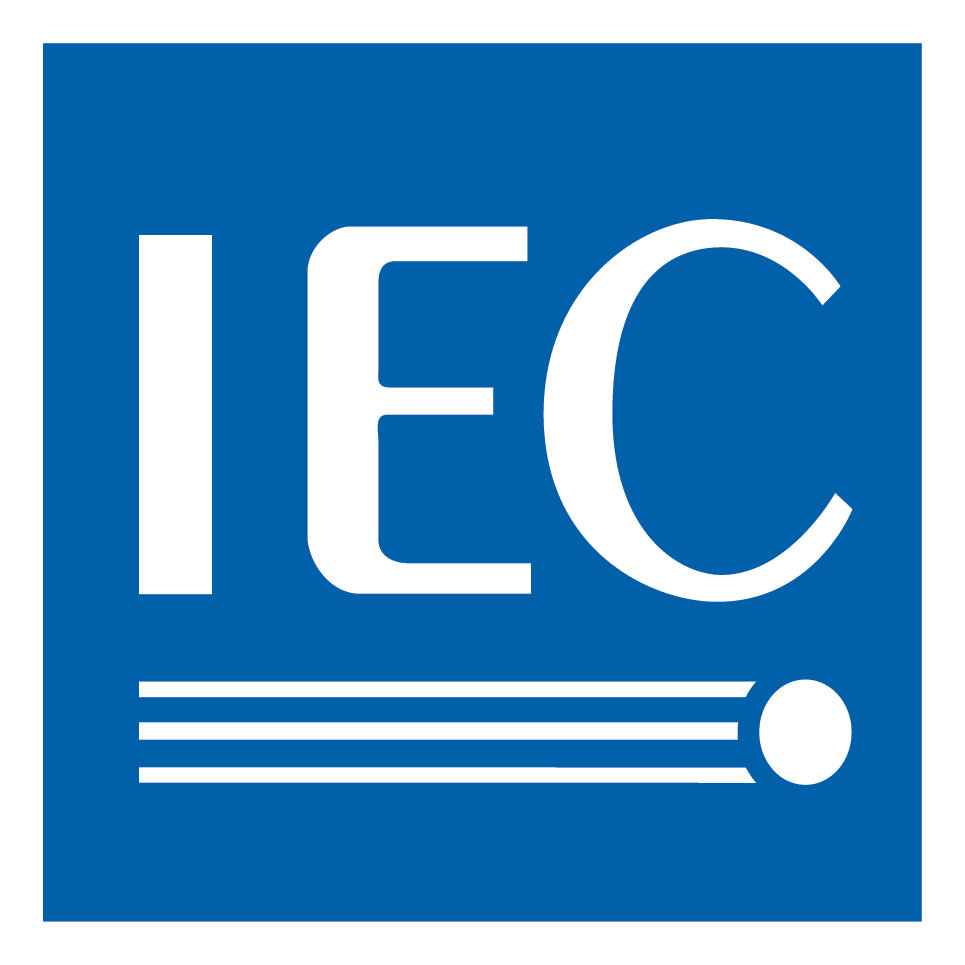
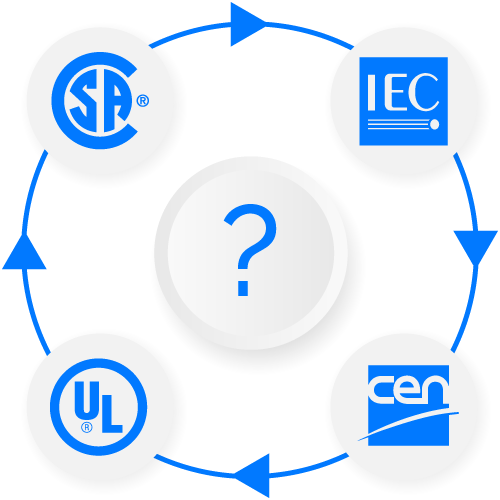
What is the difference between IEC, EN, UL, and CSA Safety Standards?
In general, the IEC creates the testing standards which are conducted as an IEC standard. Different countries adopt large portions (like 95% or more) of the base IEC standard, and then adjust the IEC standard to meet their particular national requirements (these are called national deviations). For CE safety testing purposes the EU has adopted IEC standards and then re-titled them as EN standards with their own national deviations. If you are testing for CE, your product safety testing will be conducted to an EN standard. If you are testing to North American safety, UL and CSA have also adopted the core IEC standards, made slight adjustments, and then have re-codified them as UL / CSA standards. In certain regulatory requirements (such as medical safety testing under IEC 60601-1 or for a CB Scheme test report) products are actually tested to the core IEC standards.
Is Product Safety Testing Required for My Product?
From the perspective of CE safety testing, as per the Low Voltage Directive (LVD): devices which operate between 50V and 1000V alternating current (AC) and between 75V and 1500V direct current (DC) must be safety tested. Additionally, low voltage DC powered devices with rechargeable batteries or which integrate power supply units also must meet the requirements of the LVD. Any wireless devices which is tested under the Radio Equipment Directive 2014/53/EU (RED) must be tested for product safety testing regardless of voltage levels.
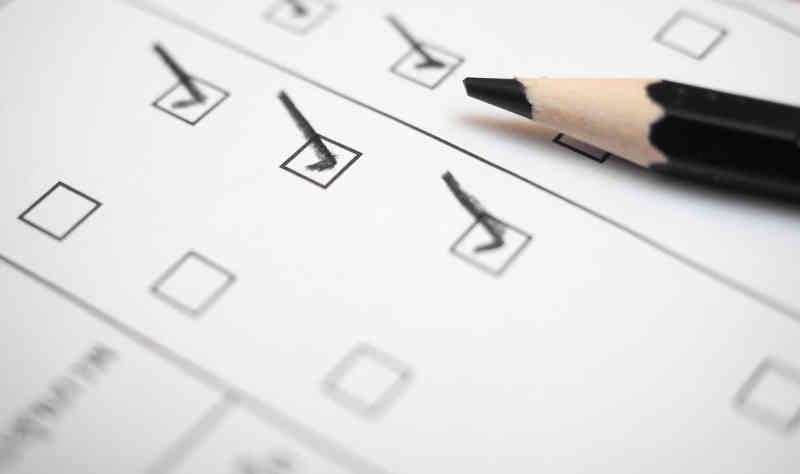
Why Else Would I Consider Product Safety Testing?
In addition to meeting Low Voltage Directive (LVD), many product manufacturers are required to demonstrate product safety testing as a requirement to sell their products to vendors. Product insurers may request that product safety testing is conducted as a prerequisite to issuing liability insurance. From legal perspective, many manufactures test their products to ensure they are safe for use for liability purposes. From a marketing perspective, many manufacturers perform safety testing as a means to differentiate the quality of their product.

Rely on our team of experts to help identify your safety requirements and perform testing
EN 62368 - IT, Communications, and Audio Visual Equipment
EN 62368 is one of the broadest categories for product safety testing. It is a direct replacement for EN 60950 (which will be withdrawn by Dec. 20th, 2020). EN 62368 is used for safety testing IT equipment (laptops, routers, embedded controllers), communications devices (cell phones and radios in embedded systems like BLE / WiFi / LoRa), and Audio / Visual equipment (TVs, streaming devices, DVD / BluRay players). In addition, power supplies for corresponding equipment are also tested under EN 62368. This is likely the most prevalent safety standard being used in the world for product designers. Testing under EN 62368 is "hazard-based" and the testing requirements are based on the energy sources within the equipment, which differs from earlier testing under EN 60950.
EN 61010 - Laboratory, Measurement, and Control Equipment
EN 61010 covers safety testing for equipment whose primary use is intend for testing / measurement purposes, industrial process control, and/or laboratory usage. Examples of equipment include oscilloscopes, spectrum analyzers, precision embedded sensors, and any equipment which will be used in a laboratory type setting. There are certain types of devices which may be tested to more specific standards than EN 61010 depending on their specific use case. Measurement equipment tested under EN 61010 which has communications equipment (ie. wireless radios) in the system and will also require testing to EN 62368.
EN 60335 - Household Appliances
EN 60335 is the test standard used for testing of household and similar appliances. The standard applies for de-facto household appliances and for equipment which may be used commonly in shops, light industry, and farming. Equipment which is deemed for industrial usage will be tested to different standard depending on its usage. EN 60335 is used for equipment up to 250V AC (single phase) and also requires testing for DC powered household appliances. Under EN 60335 there are nearly 100 sub-standards which your appliance may require specific testing against.
IEC 60601-1 - Medical Equipment
IEC 60601, which is intended for safety testing of medical equipment, is one of the largest group of standards produced be IEC. IEC 60601 is used for testing and evaluation of all medical products across the world. At current, the IEC 60601 series of standards include the general standard, 10 collateral standards, and 80 particular standards; we perform IEC 60601 and specialize in EMC testing to IEC 60601-2. Testing to IEC 60601 is similar to testing to other product safety standards but requires extensive Risk Management Technical files and design controls. We can perform testing to IEC 60601 and all necessary collateral and particular requirements as needed.
IEC 62133 - Rechargeable Batteries
IEC 62133 covers the safety testing which is required for rechargeable (secondary) batteries. The IEC 62133-2 standard is used for testing lithium batteries, and the IEC 62133-1 standard is used testing nickel chemistry based batteries. Tests of batteries under IEC 62133 include, type test conditions, short circuit testing, continuos charging, thermal abuse, crush, over-charging, and forced discharge. Testing for vibration, mechanical shock, low pressure (altitude simulation), and cell protection have been removed from earlier versions of IEC 62133 and are now performed as part of UN 38.3 testing (which is typically performed at the same time for battery testing).
Is that all you test?
No. Product safety testing is such a wide field, we couldn't possibly list all the safety testing you may need to conduct. At last count, there are at least 180 categories of products, and over 230 standards to test them too! Our experienced safety engineers are here to identify the testing you need, and to get it done on time and budget.
Product safety testing starts at $1999.
Get Quote
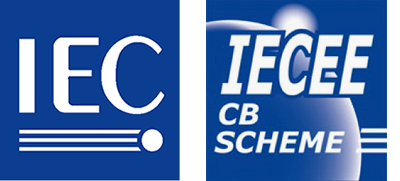
What about CB Scheme Safety Testing?
If you are looking to safety test your equipment across the world, a CB Test Certificate will greatly reduce testing costs. The CB Scheme is an international agreement between 50+ countries to allow mutual recognition of safety testing, so that manufacturers will only have to test their product once. Testing will be conducted to the relevant IEC standard, and then national differences will then be tested in addition. In essence, you perform 95% of the core IEC standard and then perform each national difference as required by each participating country. At the end of the process you will have a test report for not only safety in your home country, but 50+ countries from one testing process. We work with a number of National Certification Bodies (CB) globally who will accept our safety testing and provide CB certifications for your product. If you have a need for trans-national safety testing, consider looking into a CB certification.
What kind of support will you provide in getting us through our safety testing?
As a manufacturer, the first time going through the safety testing process can be a challenge. As former product designers we have a deep understanding of your product from a BOM & design perspective and will help you conceptualize the safety testing process and assist in any required fixes. Safety testing differs from EMC testing in that while there are physical tests that need to performed and measured, there is a design and materials aspect in the safety process which requires knowledge and expertise in the field. Our staff has expertise in both aspects of the testing, and can help explain and resolve any problems as they come up.
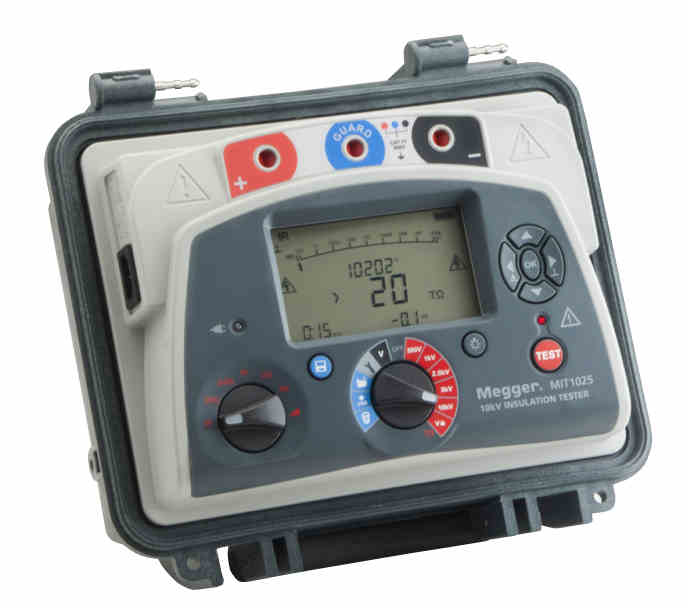
Safety Testing
I'm building a wireless device which is DC powered and will be tested under CE RED, does it really require CE LVD testing?
Under Directive 2014/35/EU (CE RED), article 3, 1.(a), Essential Requirements, states that "1. Radio equipment shall be constructed so as to ensure: (a) the protection of health and safety of persons and of domestic animals and the protection of property, including the objectives with respect to safety requirements set out in Directive 2014/35/EU, but with no voltage limit applying;..." This means that any and all radio equipment being tested must be tested under CE LVD.
I've looked at the safety testing standards and it's not 100% clear what standard will apply to my product
One of the major challenges of safety testing, is that while we have what seems like nearly a thousand potential standards to consider for any given product, there is always some room for interpretation and engineering judgement as to what safety testing is applicable. In many cases predicate testing on an earlier version of a product may have been performed on a more generic safety standard and more current safety practice has moved over to a newer and more specific standard. Safety testing is very "tribal" in this aspect and requires experienced safety engineers to determine what is the best current practice -- in some cases this ultimately can be a manufacturers decisions depending on what others in their industry are testing too as well.
We would like you to test our lithium ion batteries, can we do ship them around for testing?
Lithium battery testing is a bit of a catch-22. In order to legally ship and send batteries into testing, the batteries are required to have safety testing already performed on them. However, if you have batteries which need the testing, how can you possibly get them tested if they cannot be transported anywhere! Depending on where your batteries are located we can most likely arrange safe transportation, but this depends on a case by case basis. If you can share the details with us, we'll let you know how we can assist on getting your batteries tested.
How long does safety testing take?
We advise clients to begin the safety testing process early. It can take anywhere from 4 to 6 weeks depending on the complexity of the process. Also, the required documentation is much more detailed than wireless testing, and the speed at which you return the requested documentation will affect the testing timeline. The entire testing process is much more involved than EMC testing for a wireless product.
What is it like working with a Certification Body (CB) for a CB Scheme Report?
The answer is it depends on which CB and how good of relationship your lab has with the CB. We work on dozens on safety projects a month, and around 30% of them ultimately end up applying for a CB certification. In our experience if you have a good prior testing and solid documnentation the CBs we work with are not terribly hard to work with for final certifications.
What about NRTL testing for North America (UL / CSA)?
We do work with NRTL testing (UL & ETL) in the USA and CSA in Canada; however, our primary focus is on CE safety testing. We've found that NRTL testing is much much more involved than most of our customers are looking for -- if you conduct UL or ETL testing you are signing up for yearly maintenance fees and ongoing factory audits. Most of our NRTL testing is performed for foreign clients who need assistance working in North America.
What about medical device safety testing?
We absolutely can assist in IEC 60601 testing for your project. One of the challenges of IEC 60601 is the requirement for medical manufacturers to have the required technical documentation for their projects. In our experience we've found that many clients are not ready to perform the IEC 60601-1 analysis. We have a deep experience in testing to IEC 60601-2 , and can provide comprehensive IEC 60601-1 testing but are limited in our ability to assist in the Risk Management documentation & preparation of the safety process. If you have a medical device and would like for to perform the testing, please ensure your Risk Management files are complete and ready for the testing.